Hummingbirds are among the most fascinating creatures in our ecosystem, not just for their dazzling beauty but also for their vital role as pollinators. These tiny birds, often weighing less than a penny, are essential for the health of many plants and the balance of our natural world.
They are known for their incredible ability to hover, a feat achieved through rapid wing flaps—up to 80 times per second! This unique capability allows them to feed on nectar from flowers with precision. They are predominantly found in the Americas, ranging from Alaska to Tierra del Fuego, with the greatest diversity in the tropical regions of Central and South America.
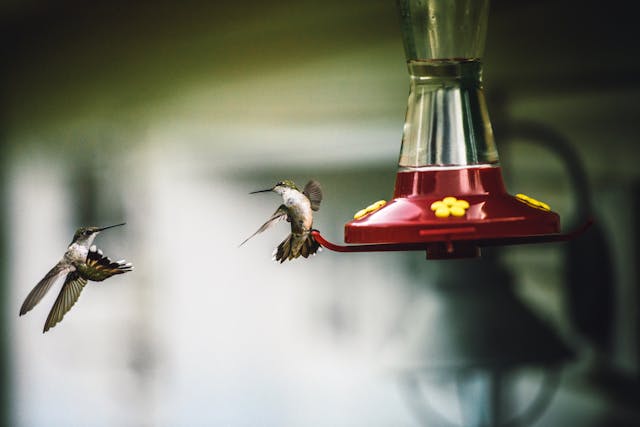
These avian wonders thrive in various habitats, including tropical rainforests, mountain meadows, and deserts. Their nests are marvels of nature, meticulously crafted from plant fibers, spider silk, and lichen, providing a secure cradle for their eggs, which are about the size of peas.
Hummingbirds primarily feed on nectar, which fuels their high-energy lifestyle. They also consume insects and spiders, providing protein essential for their diet. This diet makes them crucial pollinators for many plants, as they transfer pollen from flower to flower while feeding. This symbiotic relationship is vital for the reproduction of numerous flowering plants, many of which are critical sources of food and medicine for humans.
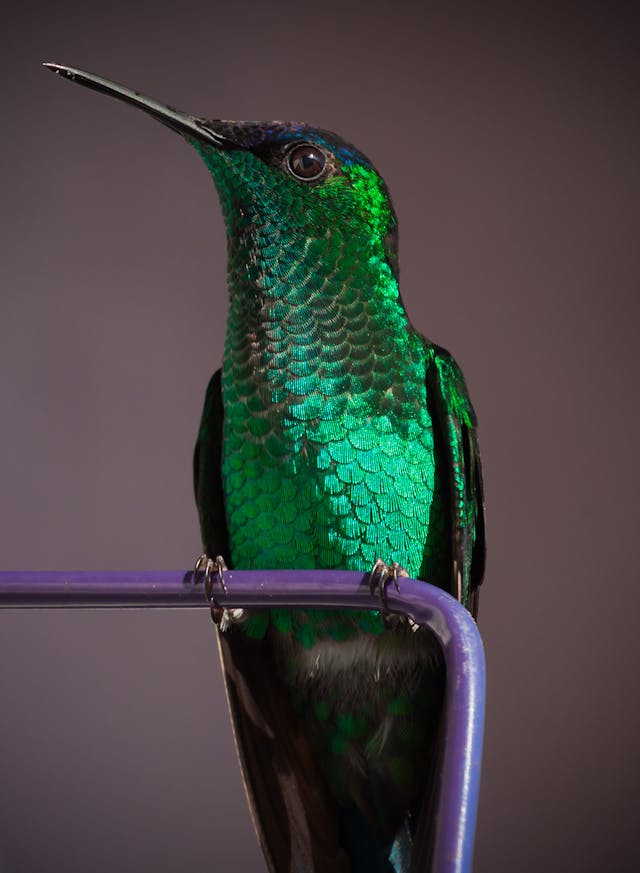
Hummingbirds pollinate various flowers, particularly those that are tubular and brightly colored—often red, orange, or pink. Some of the flowers they frequent include trumpet vine, columbine, and bee balm. By moving from flower to flower, they facilitate cross-pollination, enhancing plant populations’ genetic diversity and resilience. This process is not only crucial for the plants themselves but also supports entire ecosystems that rely on these plants for food and habitat.
The relationship between hummingbirds and humans is one of mutual benefit. By attracting hummingbirds to gardens through the planting of nectar-rich flowers and the provision of feeders, people can enjoy the aesthetic and ecological benefits these birds bring. In return, the hummingbirds help ensure the propagation of the plants, supporting biodiversity and the health of the environment.
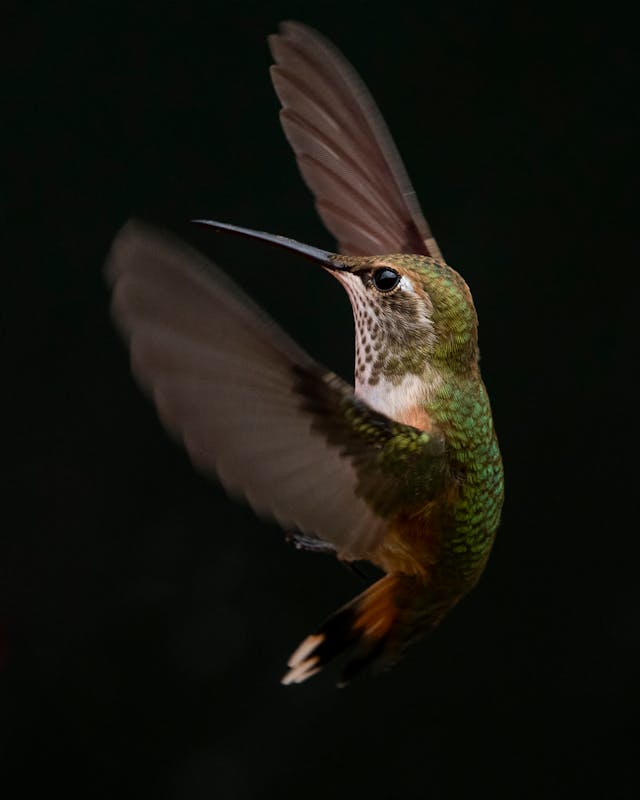
The life cycle of a hummingbird begins with the laying of eggs, which the female incubates for about two weeks. After hatching, the chicks are fed by their mother until they fledge in about three weeks. Hummingbirds can live up to five years in the wild, though some individuals have been known to live even longer.
Hummingbirds’ ability to hover is not just a marvel of nature but also a testament to their evolutionary adaptations. Their wings rotate in a figure-eight pattern, generating lift on both the upstroke and downstroke. This extraordinary flight capability allows them to access nectar from flowers that other pollinators cannot reach, making them indispensable in the pollination of certain plant species.
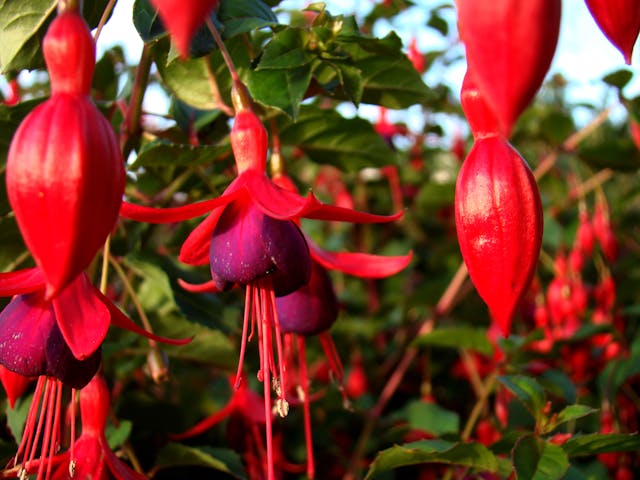
Want to invite more hummingbirds into your garden? Planting vibrant, nectar-rich flowers is the key! These beautiful birds are drawn to bright colors and sweet nectar, making your garden a haven for them. Plant beautiful Fushia, Salvia, or Catmint. Let’s create a hummingbird-friendly environment and enjoy their enchanting presence!
Learn more about our relationship with these wonderful pollinators. Visit The Enchanting World of Butterflies and Buzzing Beauty by clicking on the links below:

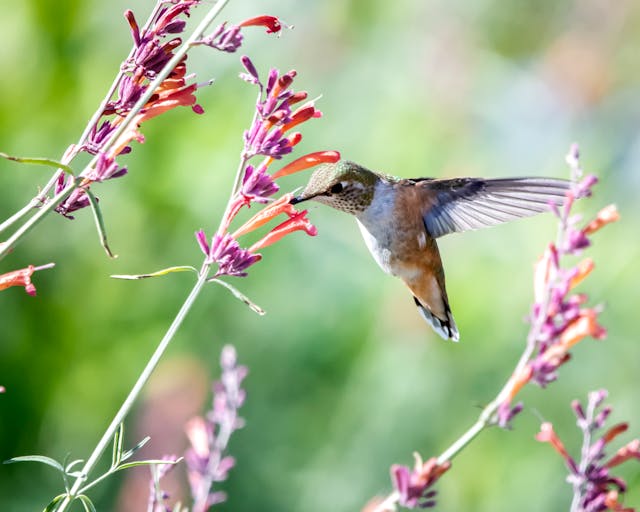
Pingback: Lavender: Healing Plants For Your herb Garden – Nomadify